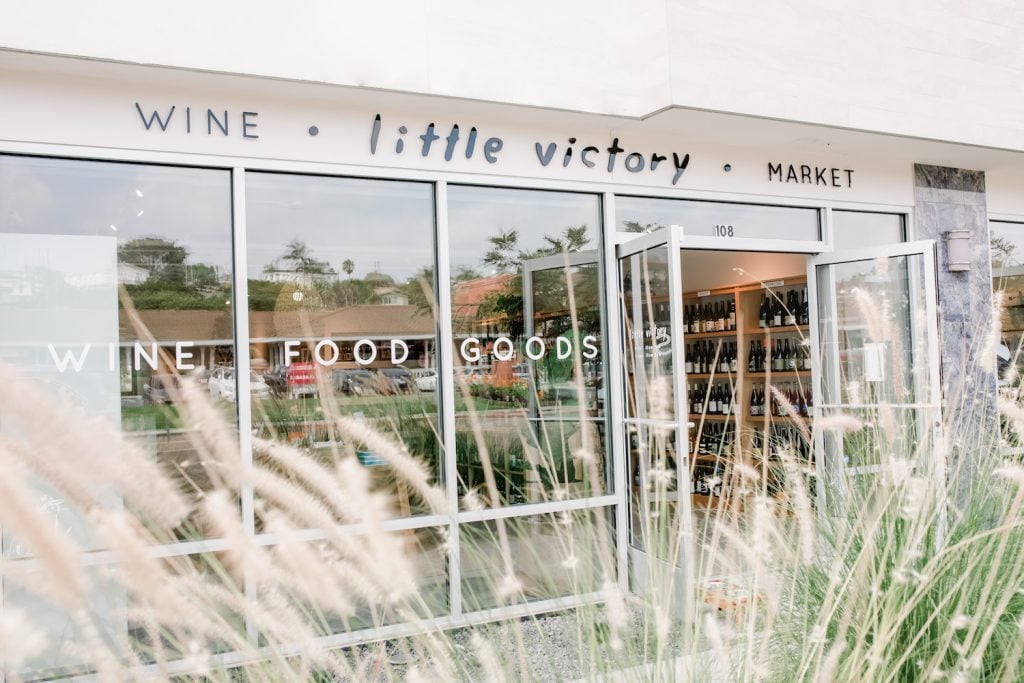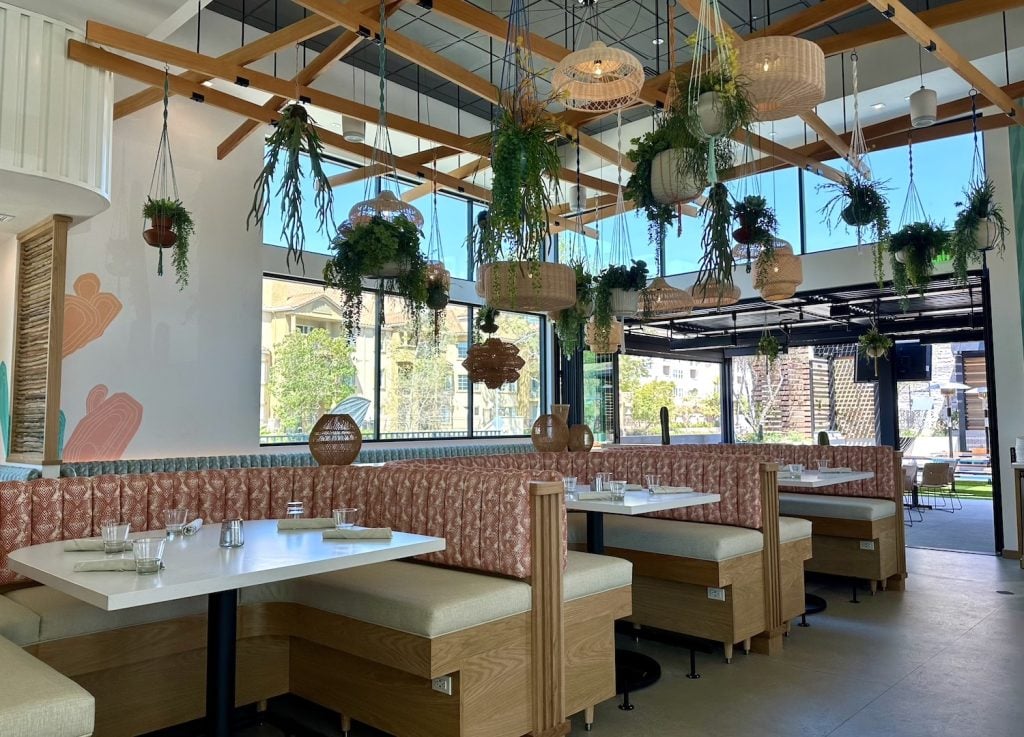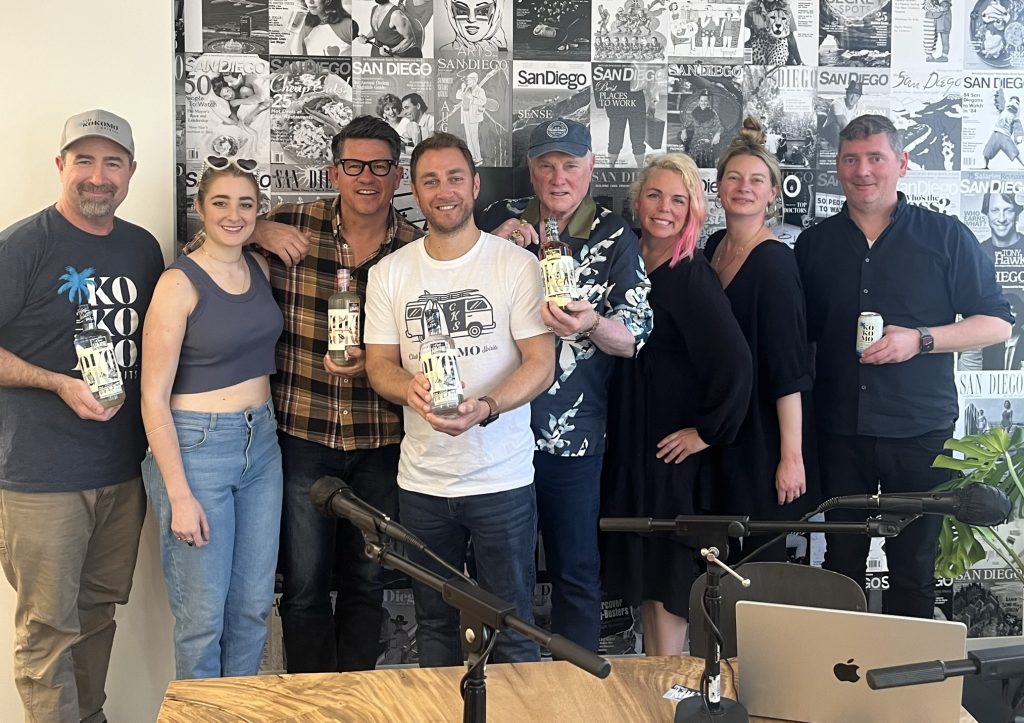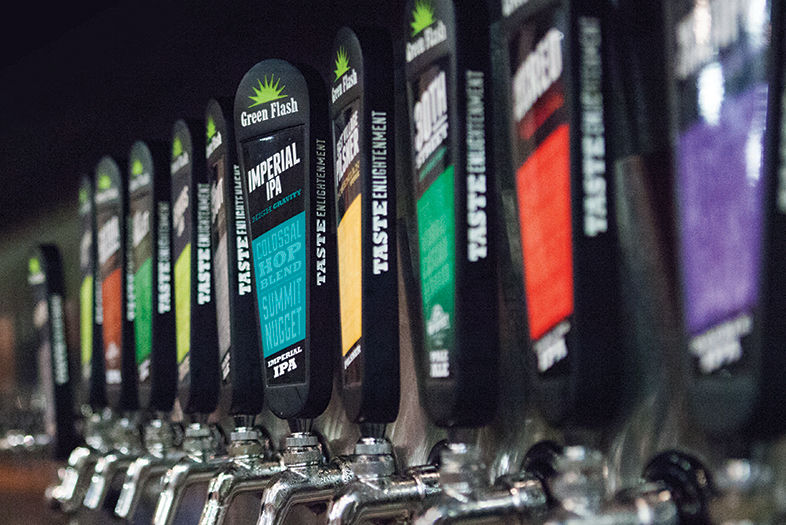Beer writers and publications keep a close eye on the total number of breweries we have open in San Diego. The brewery total is a statistic that comes up often in conversation and articles, and—kind of like the Dow Jones Industrial average—it’s used to judge the overall health and pace of growth in the industry.
During the past eight years or so, if you did a head count of locations with operational brewhouses, you’d have seen the monthly numbers climb consistently and without fail. In the past six months or so, however, those numbers have actually declined—and stayed down. It used to be that, even if we lost a brewery or two, two or three new ones would open soon after.
For the first time that I can remember, our total brewery count has gone down by 5 (from a high of 156) to the current total of 151 (which will decline even more by the end of April). More striking than the decline in the number is the fact that it has remained at this level now for months. More than 5 breweries have actually closed in the past year (with more to come), but other breweries have opened to offset some of that loss. In many cases, new breweries have fired up operations in spaces abandoned by defunct businesses. Stumblefoot, La Jolla Brewing, SpecHops, O’Sullivan’s, Oceanside Ale Works, The Beer Company, and Finest Made are all examples where new tenants are now brewing in those locations. Other breweries, such as Lightning and Intergalactic, are remaining in the game by downsizing and re-tooling. Still others—Magnetic, Wiseguy, Fallbrook, Cellar 3, and San Diego Brewing Company North Park—remain, for the time being, non-operational or slated to be so in the very near future. The most recent bombshell to hit the brewery community was the closure of one of San Diego’s legacy brewers, Green Flash. Although word is that the GF brand (and Alpine Beer Co.) will cease to exist, operations have been taken over by an LLC that will ostensibly manage some continued operations. Green Flash had been brewing for 16 years and had become one of San Diego’s largest and most iconic breweries.
So what’s accounting for this apparent slowdown in growth? (I say “apparent” because I am just a keen observer, not a statistician. I have no hard data to back up the claim that things have slowed, only what I see. There very well may be a ton of breweries that are about to announce themselves, but there are only a handful in the planning stages right now, whereas there used to be at least a dozen or more on the books at all times.) The first argument is, of course, that a slowdown has been inevitable. The question on most people’s lips for years has been, “How many San Diego breweries is too many?” We were asking that question when the brewery count hit 75. Then when it hit 100. And again. And again. We all have our theories, and different folks in different parts of the industry will give you vastly different takes on the situation. I can tell you that, six or seven years ago, you would have been hard pressed to find anyone who thought San Diego could sustain 150 breweries.
As far as I can gather from talking with folks in the industry, the biggest factor in increased failure rates simply has to do with increased competition. There’s only so much retail shelf space out there. There’s only so much room for another IPA in the portfolios of the major distributors. There are only so many tap handles. As Rawley Macias (owner and founder of Carlsbad’s Rouleur Brewing) says, “Breweries are popping up, but meanwhile store shelf space and tap handles are stagnant. Every new tap handle I get at a bar or restaurant means that another brand lost a handle.” Where the model for many breweries used to include having a regular handle or two at a bunch of good beer bars, most of those businesses have moved to an all-rotating strategy, meaning that all the beers on tap change all the time. This is partly in response to what customers are asking for (“Give me whatever’s new”) and partly in response to the sheer volume of breweries offering a dizzying variety of beers.
George Mora, the G.M. for Urge Gastropubs, agrees that tougher competition is affecting the brewery landscape more than ever. “More breweries are coming in to town with a significant following and spending power,” says George. “Smaller breweries that don’t distribute much, if at all, have to rely on capturing and holding on to patrons who come in to their tasting rooms. But I think what you are also seeing (not in every case) are breweries who may have survived longer when there was less competition even if their product wasn’t as good a quality as others. Now, you have one chance to win people over. Apps like TapHunter and Untappd have been great for the growth of breweries, but not every brewery captures the heart of those users.”
Increased competition has also meant that there is increasingly less room for error on the financial side. Many businesses—even some that have been around for a long time—have recently been forced to re-evaluate production practices, sales networks, and marketing and distribution strategies. Some breweries that originally built aggressive growth projections into their business plans at the funding stage may now be confronting a very different reality. Others may need to turn to alternate modes of revenue generation, such as new retail outlets or contract brewing (using your facilities and excess capacity to brew other people’s beer).
Accelerated competition may be a significant cause of the current slowing in brewery growth, but another factor may have more to do with the changing nature of beer drinkers themselves. Hamilton’s Tavern owner Scot Blair says, “We may be at a saturation point and we may be witnessing consumer fatigue. Bubbles and fads are all different, but they all boil down to unsustainability—whether it’s from short-term and irrational excitement over a product or by overzealous and unreasonable pricing. We may have hit a point of both due to a lack of commitment in the industry for the things that matter.” Blair believes that an excess of “hype” in the craft beer marketplace has trained consumers to think that “loyalty and consistency is boring” and to think of their beer choices more as “life style” choices rather than choices that are driven by the quality of the beer in the glass. “This is why our quality of products have dropped off,” Blair says, “even though we have more people consuming craft beer than ever before. So is craft about artisans and education or is it about marketing and the hottest ticket in town?”
Given the ever-shrinking window for potential success, what are some of the key tenets both new and existing brewers need to keep in mind in order to survive in the San Diego brewing marketplace? According to the few brewers I spoke with, the most critical factor is to have a current business plan that’s truly realistic and achievable. Jonathan Barbarin, co-founder of Miramar’s Thunderhawk Alements—one of San Diego’s best small-brewery success stories—says beginning with cautious and realistic goals is essential: “The biggest mistake I see other breweries making is starting with a brewery that’s too big. The second mistake is growing too fast with a mediocre product. We intentionally started very small to avoid these two pitfalls. We knew it would be a grind and would not be lucrative, but it gave us flexibility and enough time to prove our brand to the San Diego community without being under the pressure of trying to sell through distribution channels.”
Rawley Macias agrees that being small affords a brewery the ability to react quickly to the needs of the marketplace: “Brands that want to hang around need to remain agile,” he says. “We are able to mold and shape our brand to meet the direction the industry is heading. It is expensive and timely for large brands to change their identity mid-course. Simply put, they have to be able and willing to make course corrections and be creative in order to survive.” Urge’s George Mora adds, “You cannot simply brew great beer. You also cannot just have killer marketing. You have to do both and, even then, you need to find a way to expand your reach. Engaging your followers on social media is huge and connecting with those who have significant followings—the ‘food bloggers’ of craft beer—is also critical.”
Tough competition in the San Diego beer industry is not a new phenomenon, but it may be evolving in ways that many current breweries had not foreseen. In some ways, the newest breweries (about to enter the market) may have an advantage over many of the established breweries; the new guys will start out with a sharper view of how to compete today, while the older breweries may struggle to change and adapt to a marketplace that’s growing and changing faster than anyone had previously imagined it would.
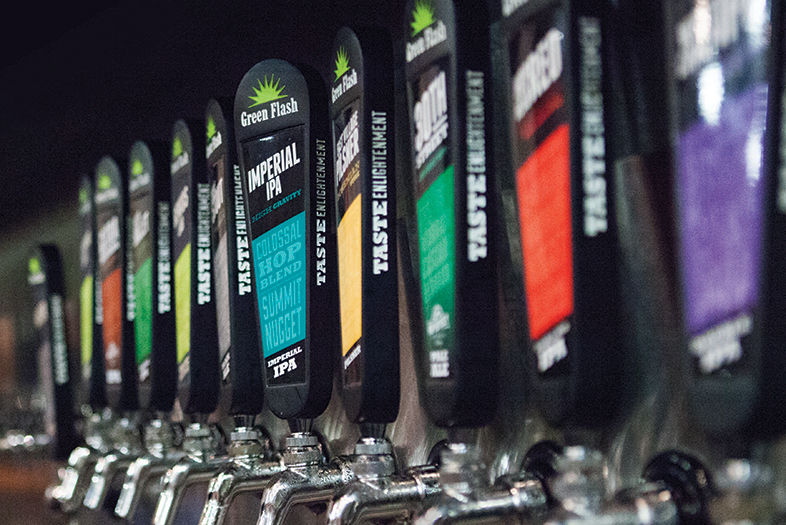
Is San Diego Beer Growth Leveling Off?
Green Flash closed its Poway location last Friday.

